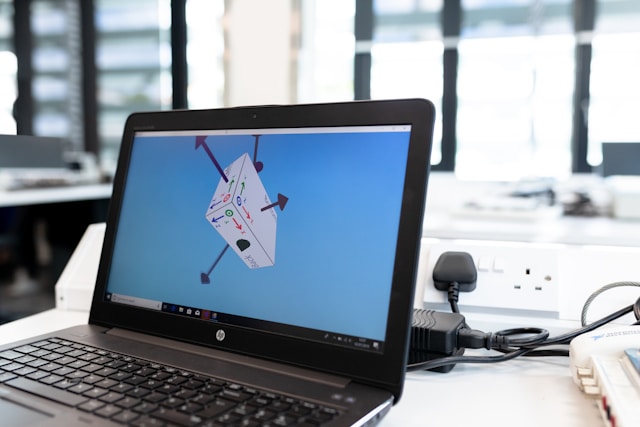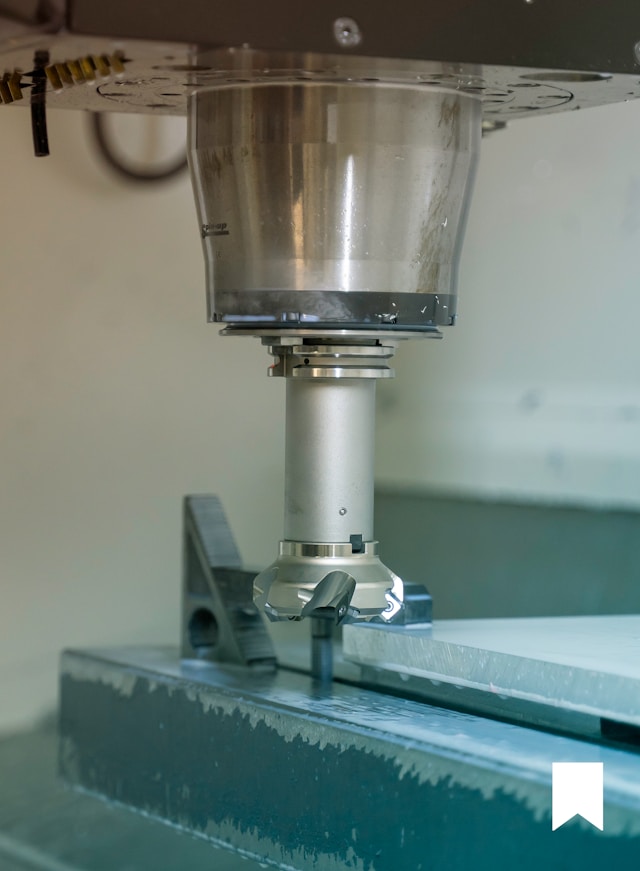Computer Numerical Control (CNC) milling stands at the forefront of manufacturing technologies, revolutionizing the way industries approach the production of parts and components. This process utilizes computer-controlled machine tools to sculpt materials into precise shapes and sizes, offering unparalleled accuracy and efficiency.
CNC milling facilitates the automation of complex tasks, enabling the production of components with intricate details essential for advanced applications. These systems’ adaptability allows for customization in production methods, enhancing the capabilities of industries such as aerospace, automotive, and medical device manufacturing.
What is CNC Milling?
This specific form of computer-aided machining involves a rotating cylindrical tool, the mill, which cuts away excess material to form the desired part. Unlike traditional manual control, where machinists must manually adjust the positioning of the tool, this method relies on digital instructions derived from a CAD (Computer-Aided Design) file. This method increases productivity and significantly reduces the possibility of human error, ensuring each part meets exact specifications.
The Technology Behind Advanced Milling
At the core of these operations are sophisticated software and hardware systems. The process begins with designing a digital model of the part in a CAD program. This model is converted into a machine-compatible file format, typically G-code, which the milling machine’s control system can interpret. The code dictates every movement of the machine’s tools, from depth of cut to angle of entry, speed, and movement along multiple axes.
Advantages of Advanced Milling Techniques
Precision and Complexity: Machines can produce complex shapes that would be nearly impossible to achieve with manual machining. The precision of these machines is critical for industries requiring intricate components, such as aerospace, automotive, and electronics.
Consistency and Scalability: Once a design is programmed, mills can repeat the same process with minimal variance, making them ideal for high-volume production runs. This consistency is vital for maintaining quality control across large batches of parts.
Material Versatility: CNC machines can work with a diverse range of materials, including metals, plastics, and composites. This versatility allows manufacturers to choose the most appropriate material based on the product’s specific strength, weight, and resistance requirements.

The Impact of Advanced Milling on Various Industries
Aerospace Industry
The aerospace industry benefits tremendously from advanced milling, which provides the capability to produce lightweight, complex components that meet strict regulatory standards for safety and performance. Precision is essential for manufacturing critical aerospace components such as engine brackets, landing gear parts, and instrumentation panels.
Automotive Industry
In the automotive sector, advanced milling creates everything from engine components to custom fittings. The ability to quickly produce prototypes and end-use parts speeds up the development process and allows for rapid design iteration, enhancing innovation in automotive engineering.
Healthcare Industry
Advanced milling plays a pivotal role in the healthcare industry by manufacturing bio-compatible implants, prosthetics, and surgical tools. The machines’ high precision ensures that these components are made to the exact specifications required for medical use, improving patient outcomes and surgical precision.
Electronics Industry
The electronics industry relies on advanced milling to produce highly precise complex components, such as circuit boards, enclosures, and connectors. The ability to mill at a micro-scale is crucial for accommodating the ever-decreasing size of electronic devices and components.
Future Trends in Advanced Milling
Integration with Robotic Automation
As industries strive for greater efficiency, integrating advanced milling with robotic automation is becoming more prevalent. Robots can load and unload parts from machines, streamline production, and reduce human labor, leading to increased productivity and lower costs. This synergy between CNC machines and robotics accelerates the manufacturing cycle and enhances the products’ precision and repeatability. Additionally, robotic systems can be programmed to perform complex assembly tasks, further minimizing the margin for error and optimizing the overall manufacturing workflow.
Advancements in Software and Materials
Continuous improvements in CAD/CAM software are enhancing the capabilities of milling machines, making them more intuitive and capable of executing increasingly complex designs. Simultaneously, the development of new materials with improved properties, such as higher temperature resistance or better durability, is expanding the applications.
Sustainability Practices
Efforts to make milling more sustainable are gaining momentum. It includes optimizing machine energy consumption, reducing waste through more efficient material usage, and recycling scrap materials. These practices help conserve resources and align with global environmental goals.
Advanced CNC milling is carving the future of production with its sophisticated technology. Transforming raw materials into high-precision parts enhances the capabilities of various industries, driving innovation and efficiency. As technology continues to advance, the potential to further revolutionize manufacturing remains vast, promising even more sophisticated and sustainable production methods. Integrating digital twins and real-time data analytics into milling operations optimizes the manufacturing process, reducing waste and increasing productivity. These enhancements enable manufacturers to meet the growing demands for quality and precision in a competitive market.












Leave a Reply